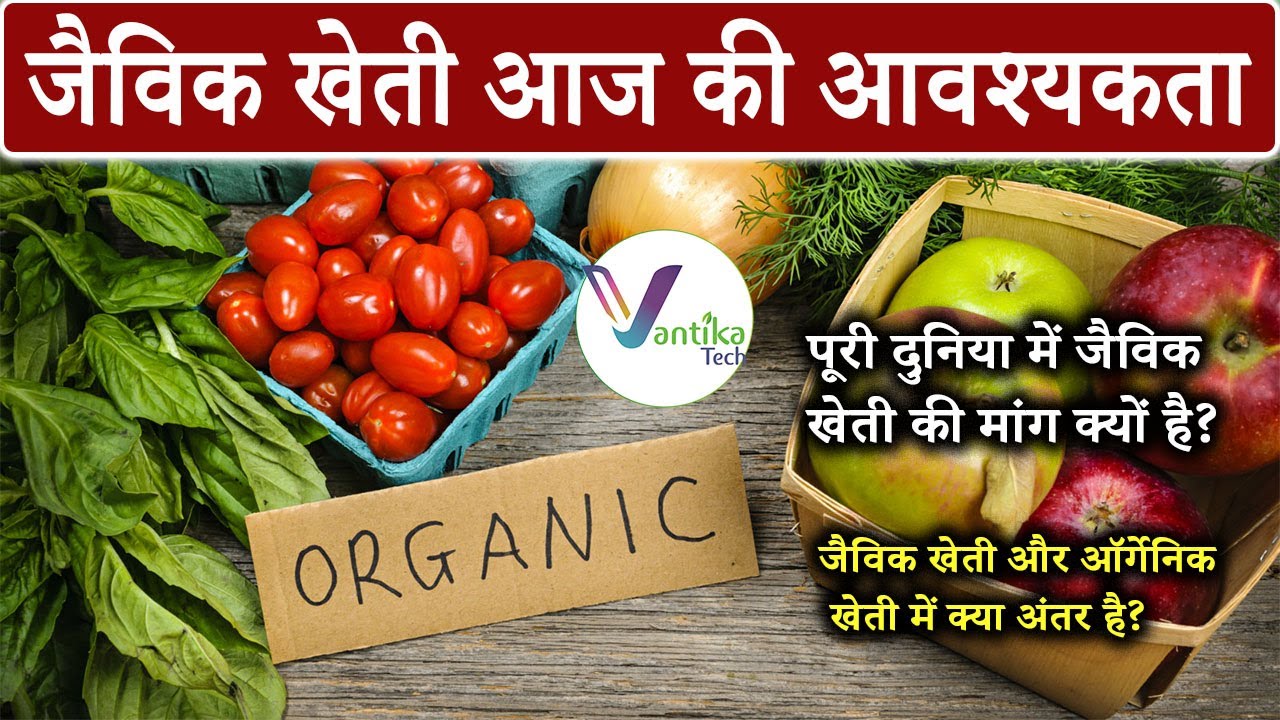Soil erosion is a critical issue that poses significant challenges to agricultural productivity and sustainability worldwide. In this blog, we will explore the various ways in which soil erosion affects agricultural systems, the consequences it has on crop productivity, and the importance of implementing erosion control measures to mitigate its detrimental effects.
Understanding Soil Erosion:
a. Causes of Soil Erosion: Soil erosion occurs when the natural balance between soil formation and removal is disrupted by human activities or natural processes. Common causes include water erosion caused by rainfall and runoff, wind erosion in arid regions, and human-induced erosion through improper land management practices.
b. Types of Soil Erosion: Different types of soil erosion, such as sheet erosion, rill erosion, gully erosion, and wind erosion, occur depending on the intensity of erosive forces and landscape characteristics.
Consequences of Soil Erosion on Agricultural Productivity:
a. Loss of Topsoil: Soil erosion primarily removes the fertile topsoil layer, which is rich in organic matter, essential nutrients, and beneficial microorganisms. Loss of topsoil reduces soil fertility, leading to decreased crop yields and nutrient deficiencies.
b. Reduced Water Holding Capacity: Eroded soils have diminished water holding capacity, resulting in inadequate moisture retention for plant uptake. This leads to water stress, decreased plant growth, and increased susceptibility to drought.
c. Nutrient Depletion: Erosion removes nutrient-rich topsoil, depleting essential elements necessary for plant growth. The loss of nutrients like nitrogen, phosphorus, and potassium negatively impacts crop health, leading to stunted growth, nutrient deficiencies, and reduced yields.
d. Increased Soil Compaction: Eroded soils are often compacted, reducing pore spaces and impairing root penetration. Compacted soils hinder root development, nutrient uptake, and water infiltration, further compromising crop productivity.
e. Loss of Soil Structure and Biological Activity: Soil erosion disrupts soil structure and destroys soil aggregates, negatively impacting soil fertility and biological activity. This loss reduces soil aeration, nutrient cycling, and beneficial microbial populations, affecting overall soil health and plant productivity.
Erosion Control and Prevention Strategies:
a. Conservation Tillage: Adopting conservation tillage practices, such as no-till or reduced tillage, minimizes soil disturbance and surface runoff, promoting soil conservation and reducing erosion rates.
b. Contour Farming: Implementing contour farming techniques, including contour plowing or terracing, helps intercept and slow down runoff, reducing the potential for erosion.
c. Cover Crops and Crop Rotation: Planting cover crops and practicing crop rotation enhances soil stability, increases organic matter content, improves soil structure, and reduces erosion by providing ground cover throughout the year.
d. Windbreaks and Shelterbelts: Planting trees, shrubs, or windbreaks along field edges helps reduce wind erosion by creating barriers that protect crops from strong winds and prevent soil loss.
e. Soil Conservation Structures: Constructing erosion control structures, such as grassed waterways, sediment basins, and retention ponds, helps trap sediment and slow down water runoff, preventing erosion and sedimentation in downstream areas.
Conclusion:
Soil erosion poses significant threats to agricultural productivity and environmental sustainability. By understanding the consequences of soil erosion on crop production and adopting effective erosion control and prevention strategies, farmers can mitigate the negative impacts of erosion. Implementing conservation practices, utilizing cover crops, practicing sustainable land management techniques, and adopting erosion control structures are crucial steps toward maintaining soil health, preserving fertile topsoil, and ensuring long-term agricultural productivity.
#SoilErosion #AgriculturalProductivity #SoilConservation #ErosionControl #ConservationTillage #CoverCrops #SustainableFarming #SoilHealth #CropYield #EnvironmentalSustainability








No comments:
Post a Comment